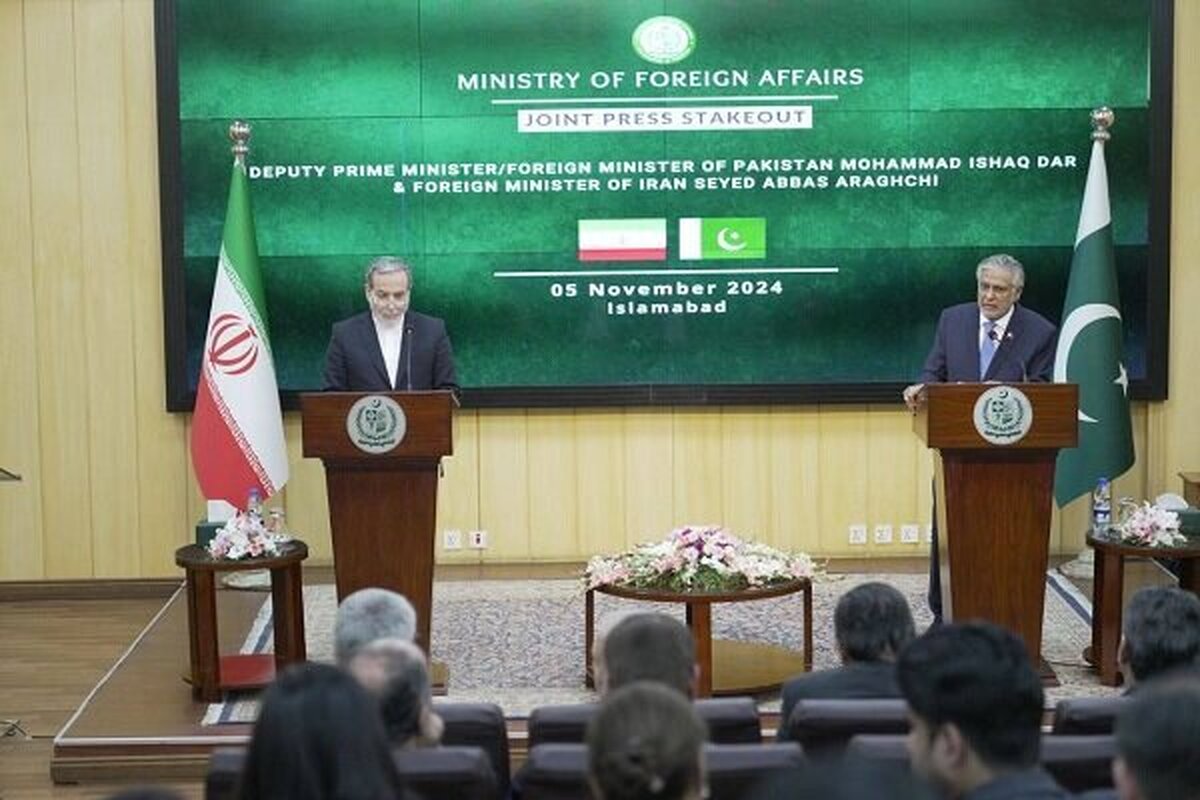
‘Water Bankruptcy’ Is Here
EghtesadOnline: Challenges in the face of water shortages in Iran have been long dubbed as a major crisis but the reality is that the country now is on the verge of water bankruptcy, the chairman of the Technical Committee for Flood Evaluation & Dam Safety at the Iranian National Committee on Large Dams said.
“The present conditions cannot be defined as critical but rather bankrupt because a crisis is a critical situation when there is potential to get back to normalcy. But bankruptcy means that chances for recovery [if any] are very slim,” ILNA quoted Mostafa Fadaifard as saying.
Addressing the “water crisis” means depleted rivers and wetlands may be restored, groundwater resources replenished and water scarcity alleviated, whereas at present “nature is not capable of such redress.”
“Close to 100 billion cubic meters of water is consumed in Iran annually, of which 96 bcm comes from dwindling renewable resources and recycled water accounts for about 4 bcm.”
Data from the Energy Ministry reveal renewable resources have declined from 130 billion cubic meters in 2013 to 96 bcm now.
If renewable resources continue to deplete, the amount of water owed to the environment for restoration will be much greater than what is available and the deficit is expected to be irreversible, a grave situation about which policy and decision makers neither have a deep understanding of nor solution to, he warned.
Renewable water resources are defined as the average manual flow of rivers and recharge of aquifers generated from precipitation.
According to the official, the [renewable] resources were around 140 bcm in 1999 and since then have rapidly plummeted to 135 bcm, 130 bcm and 105 bcm in 2007, 2013 and 2017, respectively.
Fadaifard complained that water resources have been used imprudently in the past four decades ostensibly for creating jobs and expanding the agro sector.
“Such policy has resulted in the depletion of ground resources and the dole queues have gotten bigger in the water-stressed sectors, such as agriculture, fishing, energy and industry.”
Adaptation Strategy
Kaveh Madani, a former training and research deputy at the Department of Environment, is among the initiators of the term water bankruptcy and insists that in critical conditions, all the efforts are directed at restoring the system, but when bankrupt, the focus will turn to adaptation along with restoration of reparable areas.
As in most countries, 90% of water in Iran is used for farming. Therefore, one proposal in line with adaptation strategies is that the sector be minimized.
Madani, however, opposes the idea as a “wrong decision.”
“Advocates of the adaptation policy are simply disregarding the role of agriculture in Iran’s food security,” he says.
“The industry and service sectors are suitable alternatives to ensure sustainable employment and food security instead of putting pressure on natural resources. Industrial goods and services could be traded for food,” he said while addressing a conference on the occasion of the World Water Day in March in the US, emphasizing that food security has to be distinguished from self-sufficiency.
Self-sufficiency in producing water-intensive crops like water melons is not an honor because it can be easily imported.
Madani stresses the need and importance of justice in the allocation of water resources while adapting to the drought conditions.


